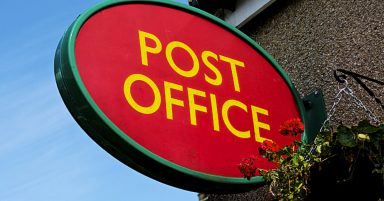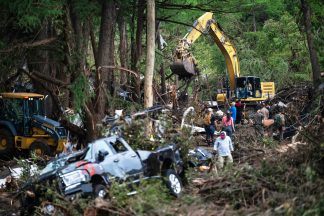Stargazers will have their eyes on the skies as the Taurids meteor showers puts on a show.
The slow long-lasting meteor shower, that occurs every year throughout October and November, is set to reach it’s peak across November 12 to 13.
The Taurid meteor shower is caused by the Earth ploughing through debris left behind by Comet Encke which is said to have disintegrated over the past 20,000 to 30,000 years.
It gets its name as it appears to emerge from the Taurus constellation in the sky, however, due to when it occurs, its also known as Halloween fireballs.
This particular comet stream is one of the slowest of its kind moving across the sky at about 17 miles per second or 65,000 miles per hour.
Although the meteor shower is one of the longest, stargazing enthusiasts will know that, even at its peak, the Taurids are not particularly frequent.
Will the Taurids meteor shower be visible in Scotland?
The conditions seem to be clear over the weekend meaning that the most determined stargazers will be in with a chance of spotting one of the meteors.
STV weather presenter Philip Petrie said: “Well a few days after Bonfire night, the skies will light up once again at the end of this upcoming weekend, but this time with meteors.
“The Taurid Meteor shower reaches its peak on November 12 and 13. They are the longest lasting and slowest of all the meteor showers through the years, however even at their peak the Taurids are not particularly frequent – so any stargazers will be lucky to catch them.
“Skies will generally be quite clear over the two nights, which is the perfect conditions to spot meteor showers.
“They are best seen on a night with no clouds, and as is the case with trying to spot the aurora, somewhere with an unobstructed view of the horizon and no light pollution.
“After this the next expected meteor shower will be the Leonids later in the month.”
Follow STV News on WhatsApp
Scan the QR code on your mobile device for all the latest news from around the country























